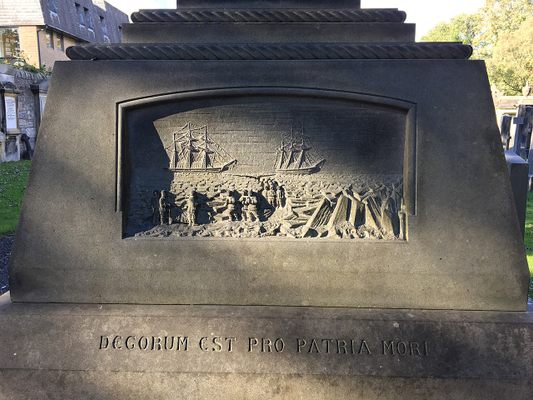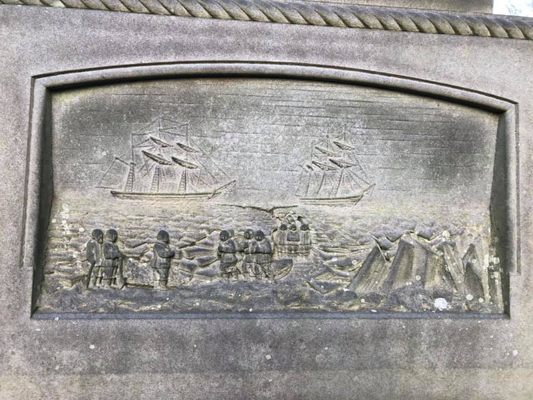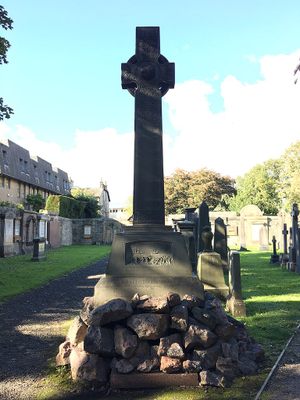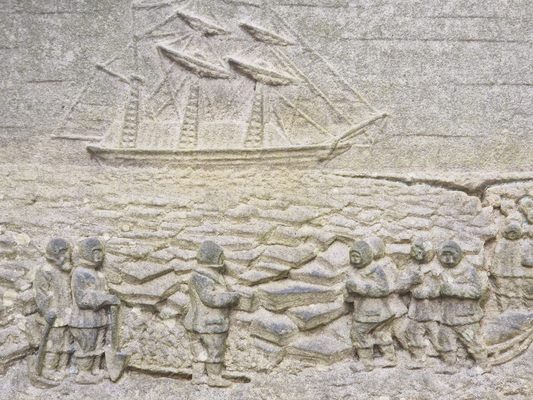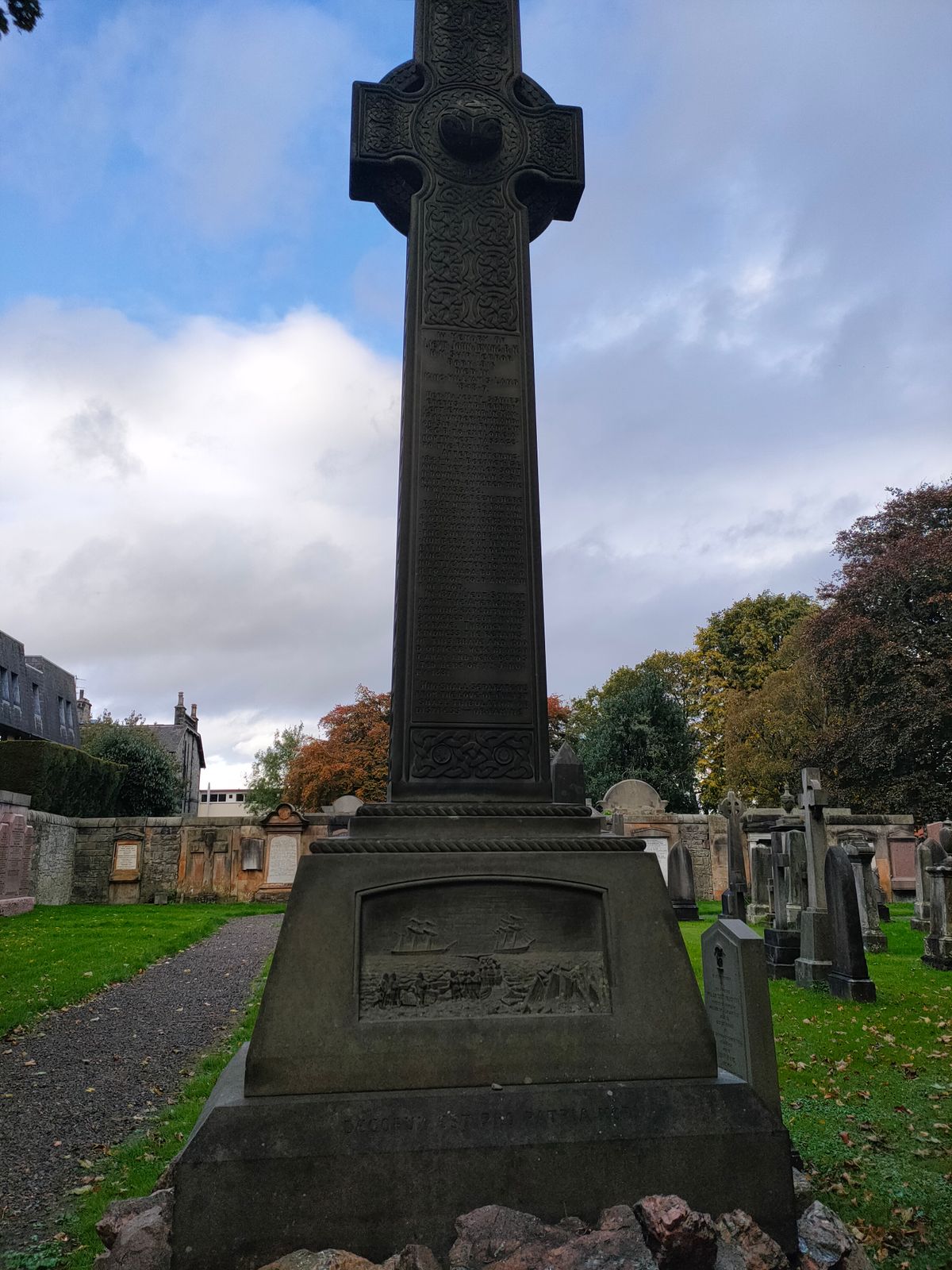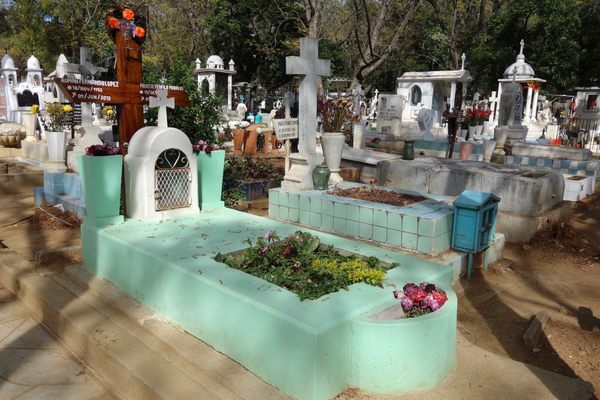About
In 1845, a group of British explorers set out on a voyage to map the final link of the fabled Northwest Passage. The expedition, led by Sir John Franklin, not only failed to locate the link but ended in disaster and mystery. Of the 128 intrepid souls who accompanied Franklin, very few bodies were brought back to England. One of them, Lieutenant John Irving, rests peacefully in a quiet, unassuming corner of Edinburgh's Dean Cemetery.
In 1815, John Irving was born on Princes Street in Edinburgh to a well-to-do family. His father was a childhood friend of Sir Walter Scott, and Irving's youth was filled with reminders of the family's famous connections, including the construction of the Scott Memorial only a few blocks away from their home. In 1828, Irving joined the Royal Navy and slowly advanced the ranks from midshipman to his promotion to lieutenant. His time in the Navy was tumultuous, and he was forced to return to Edinburgh after several failed ventures, including a sojourn to Australia where he nearly died from a prolonged case of dysentery.
Irving's fortunes turned in 1845 when he received an assignment for the HMS Terror, which would be charting the last section of the Northwest Passage along with the HMS Erebus. The assignment was to be done under captain and Arctic veteran Sir John Franklin, and Irving in particular was to serve under Terror's captain Francis R.M. Crozier.
The last known sighting of the ships was in July of 1845 by some whalers off the coast of Greenland. After two years with no word from, the Admiralty sent a search party to seek out the expedition. They found evidence of an early camp, but nothing else until 1854, when the explorer John Rae met an Inuk who described a group of men who had died of starvation near the mouth of the Back River. Over the next few years, search parties discovered the remains of several members of the crew, including Irving, along with some written records. They tell of frozen-in vessels, starvation, illness, and a long march south that ended in the deaths of every man aboard.
In 1879, the American explorer Frederick Schwatka set out in search of more records. On the barren stretches of King William Island, he and his companions found a grave, which had been ransacked by animals. Little remained, save for pieces of canvas, a shredded coat, parts of a telescope, and a tiny mathematics prize medal emblazoned with the name of John Irving, 3rd Lieutenant of HMS Terror. Moved by the sight, Schwatka had the bones exhumed and sent to Scotland.
Irving's remains were brought to Edinburgh where he was given a funeral before being interred with full honors on January 7th, 1881. The funeral was well-covered by Scottish press, as many saw the act as a final close on the fates of the men of the Franklin expedition. In Dean Cemetery, Irving's grave is marked with a tall Celtic cross with his name, an epitaph recalling the story of his death and recovery of his remains, and a Bible verse. Below the verse is a carving of the math medal identifying Irving's body, an etching of an imagined funeral in the Arctic, and a stack of rocks symbolizing the stone grave where Irving's body was found.
Some question has been called as to the identity of the body interred in the grave, with some scholars wondering if it truly is John Irving. Others see it as pointless to wonder, as regardless of its identity, some part of the Franklin expedition was put to rest in this quiet corner of Edinburgh.
Related Tags
Know Before You Go
Dean Cemetery is an active cemetery, please be respectful of other visitors. October through March it is open from Monday to Sunday, 9 a.m. to dusk. April through September it is open from Monday to Sunday, 9 a.m. to 5 p.m.
The gravesite is fairly easy to find, it is not far from the westerly gate that leads to the Scottish National Gallery of Modern Art (Modern Two). At the backside of the museum there is a free parking lot.
Community Contributors
Added By
Published
February 5, 2020
